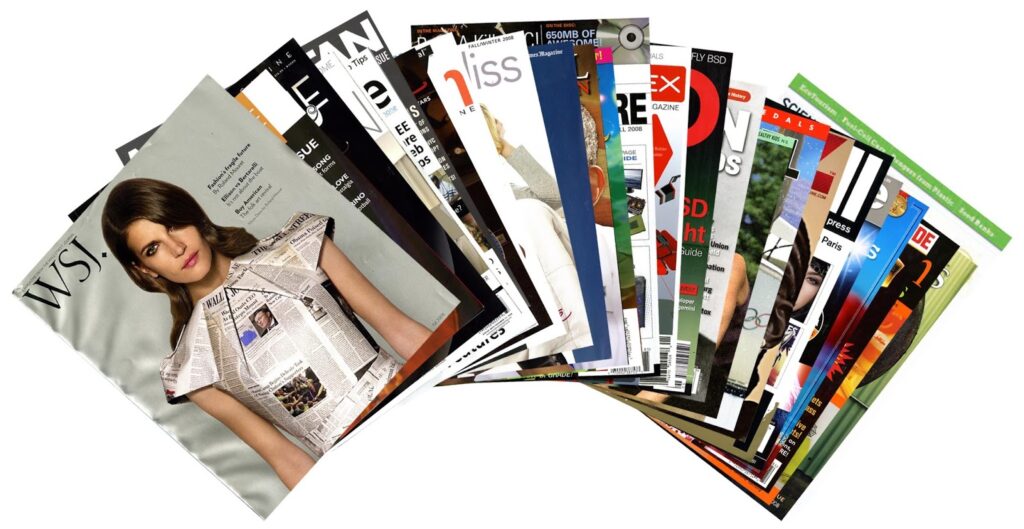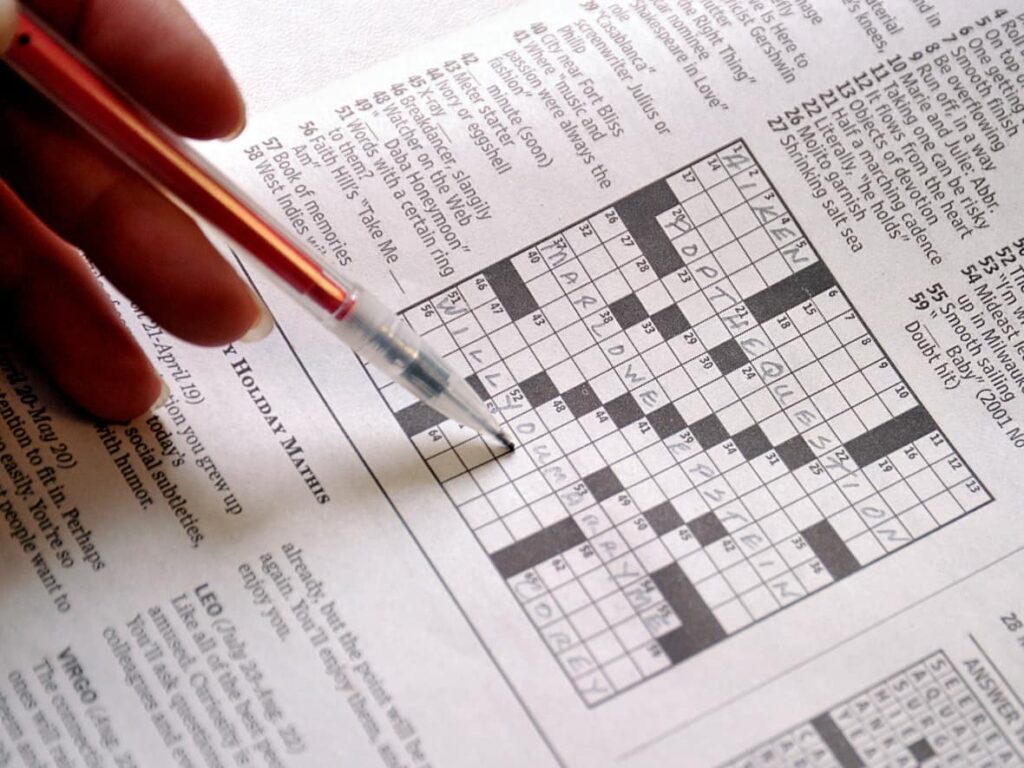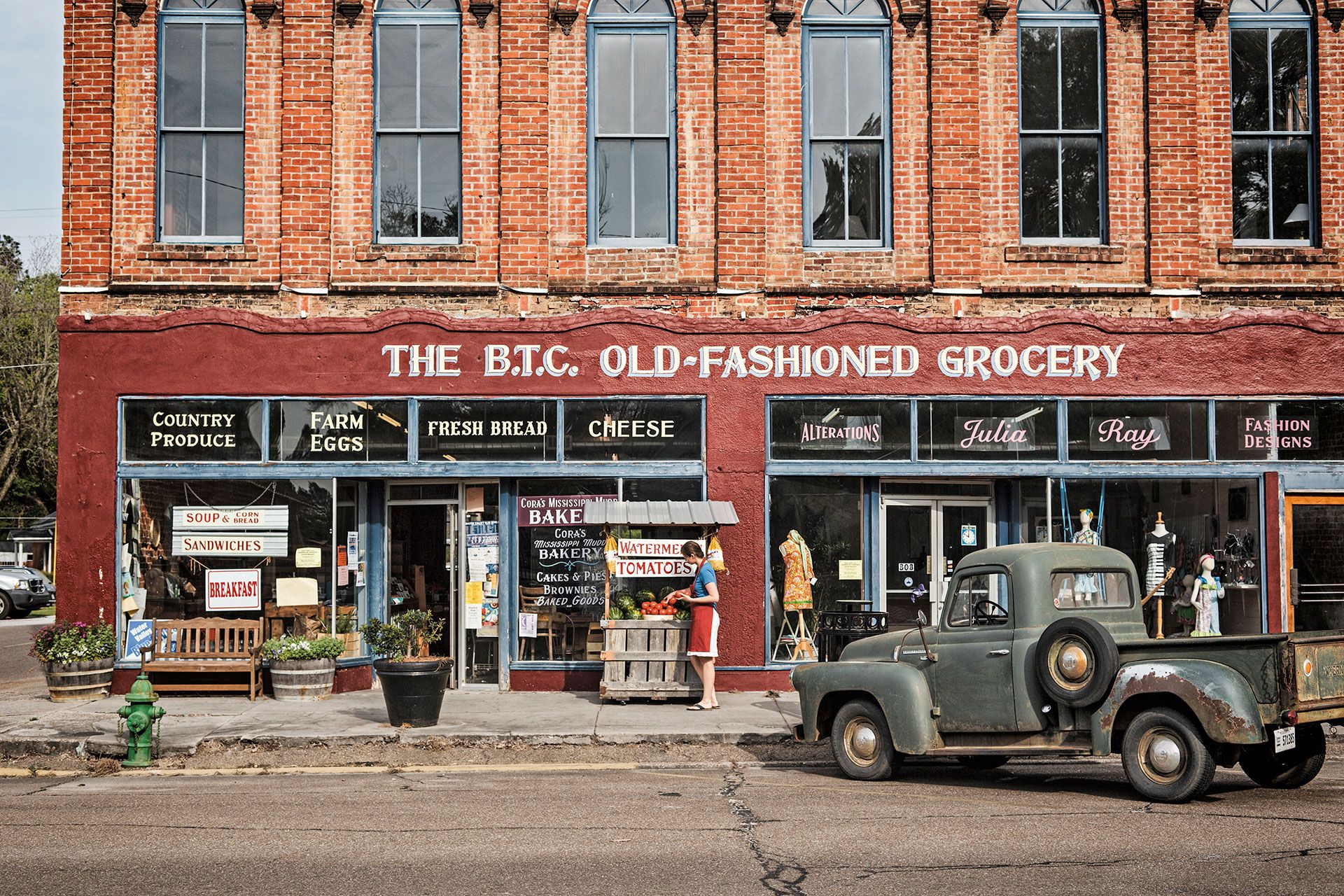The New York Times Crossword, known for its wit and ingenuity, often uses everyday words and phrases to connect solvers with culture, history, and language. The clue “Old Fashioned News Source” exemplifies this perfectly. While the response may be basically as straightforward as “periodical” or “paper,” it opens a window into the development of media, the appeal of one of a kind news-casting, and the crossword’s extraordinary job in keeping such sentimentality alive. This article plunges into the layers of significance behind this hint, winding around together the historical backdrop of information, crossword culture, and the persevering through appeal of the outdated.
Section 1: Decoding “Old Fashioned News Source”

The term “old fashioned” immediately evokes images of bygone eras—a time before digital news, 24-hour cycles, and social media domination. When paired with “news source,” it draws us to traditional forms of journalism that shaped societies, from the printed newspaper to town gazettes and even early forms of bulletin boards.
Possible Answers:
Newspaper: The quintessential old-fashioned medium, once delivered to every doorstep.
Gazette: A term often associated with early American and European papers.
Bulletin: Referring to physical announcements posted in community spaces.
Herald or Tribune: Names synonymous with legacy journalism.
The crossword clue is more than a simple puzzle—it’s a subtle nod to the deep connection between language and memory. Words like these are more than answers; they are cultural touchstones.
Section 2: A Brief History of News Sources
To understand the phrase “old fashioned news source,” one must explore the origins of journalism and how information dissemination evolved over centuries.
The Early Days:
Oral News: Before print, news spread through verbal exchange or local proclaimers, who declared huge occasions in broad daylight squares.
Leaflets and Broadsheets: These little, frequently political distributions were the precursors of present day papers.
The Introduction of Papers: The seventeenth century saw the ascent of ordinary distributions like The Everyday Courant in Britain (1702) and The Boston Bulletin in America (1704).
The Brilliant Period of Print:
By the nineteenth and mid twentieth hundreds of years, papers were key. Significant names like The New York Times, The Chicago Tribune, and The Washington Post became family staples, conveying all that from telling serialized fiction.

Segment 3: The Job of Crosswords in Protecting Wistfulness
Since its origin in 1942, the New York Times Crossword has reflected cultural changes while praising history and custom. Pieces of information like “Outdated News Source” act as a scaffold between ages, offering a sample of the past to current solvers.
Why Wistfulness Matters in Crosswords:
Language as Heritage: Crosswords frequently include obsolete terms or expressions, helping us to remember how language advances.
Social References: Signs much of the time suggest authentic occasions, obsolete advances, or one of a kind patterns.
Intergenerational Allure: By settling a crossword, more youthful ages experience relics of their folks’ or alternately grandparents’ lives.
Crosswords, fundamentally, are time containers of culture.
Segment 4: Why Print News-casting Is Romanticized
During a time of calculations and unending looking, there’s a sure appeal to the substantial, conscious nature of dated news. Papers, journals, and announcements were more than data — they were encounters.
The Aesthetic of Print:

Physicality: The rustle of newsprint and the smell of ink create a sensory connection.
Typography and Layout: The meticulous design of vintage papers, with bold headlines and justified columns, appeals to modern-day minimalists and historians alike.
The Social Role:
Community Building: Local newspapers fostered a sense of connection and accountability.
Morning Rituals: The act of reading the morning paper over coffee remains an iconic image.
Section 5: The Digital vs. Traditional Debate
The transition from print to digital media has been both revolutionary and polarizing. While the internet democratized information, it also sparked nostalgia for simpler times.
Challenges of Digital News:
Information Overload: Endless updates make it hard to focus.
Ephemerality: Digital articles lack the permanence of print.
Trust Issues: The rise of misinformation has led some to romanticize the rigor of traditional journalism.
The Resurgence of Print:
Despite the dominance of online platforms, independent newspapers, and boutique magazines are making a comeback, catering to audiences yearning for authenticity.
Section 6: Crossword Clues as Cultural Commentary
The New York Times Crossword is famous for its layered clues, and “Old Fashioned News Source” is no exception. It sparks reflections on how we consume news and the cultural shifts we’ve experienced.

Other Similar Clues:
“News before the Internet”
“Ancient delivery method for headlines”
“Classic Sunday ritual companion”
Each clue invites solvers to engage with history while subtly commenting on present realities.
Section 7: Why Nostalgia Sells
From vinyl records to transcribed letters, wistfulness is a strong power in contemporary culture. Hints like “Outdated News Source” tap into this pattern.
The Brain research of Wistfulness:
Close to home Solace: Wistfulness offers comfort in the midst of vulnerability.
Less complex Times: Outdated things help us to remember more slow, more purposeful ways of life.
Wistfulness in Media:
From retro text styles to sepia-conditioned channels, news sources frequently summon the past to catch consideration and trust.
Segment 8: Crossword Hints as Miniature Accounts
A solitary piece of information, similar to “Dated News Source,” can embody hundreds of years of history. It’s a sign of the amount we owe to the early trailblazers of news-casting and the persevering through force of words.
Decision: A Piece of information to Our Aggregate Memory
The New York Times Crossword is in excess of a diversion; it’s a focal point through which we view culture, language, and history. Hints like “Outdated News Source” aren’t just about settling puzzles — they’re tied in with rediscovering our underlying foundations in a speedy, computerized world. As print media keeps on developing, its heritage lives on in surprising spots, similar to the squares of a crossword network.
